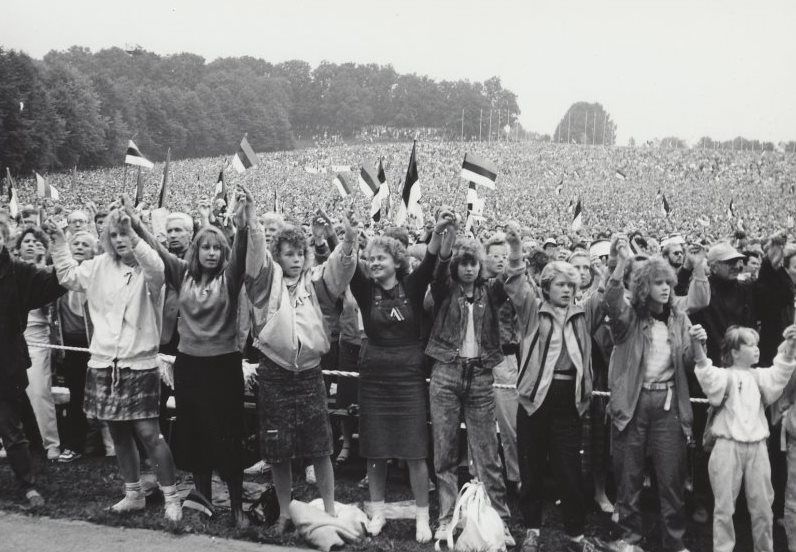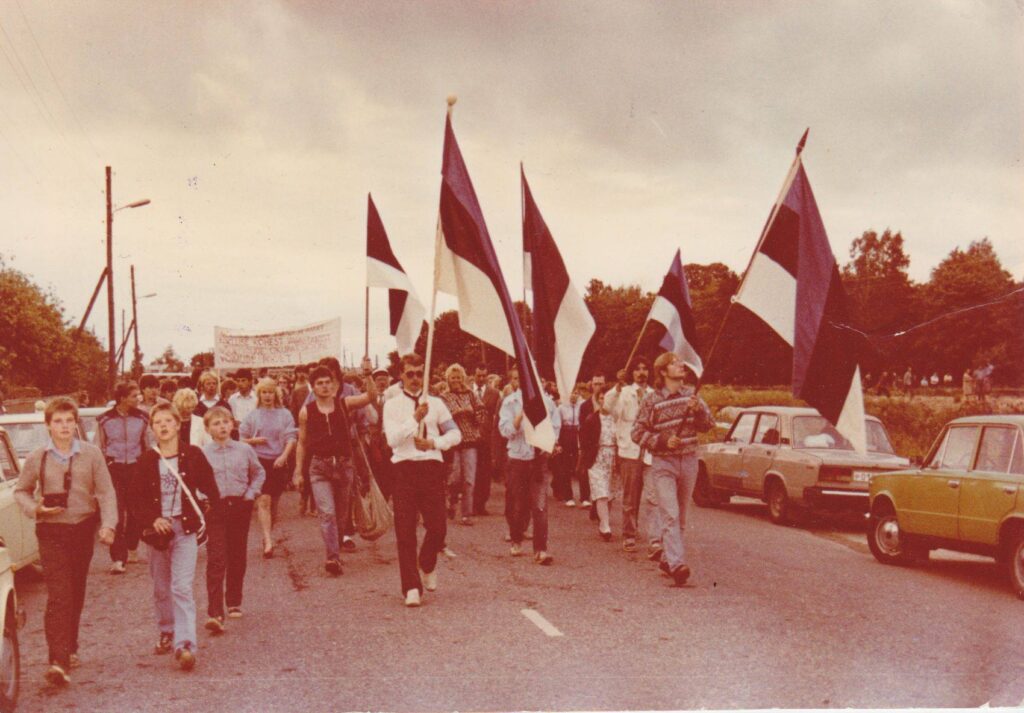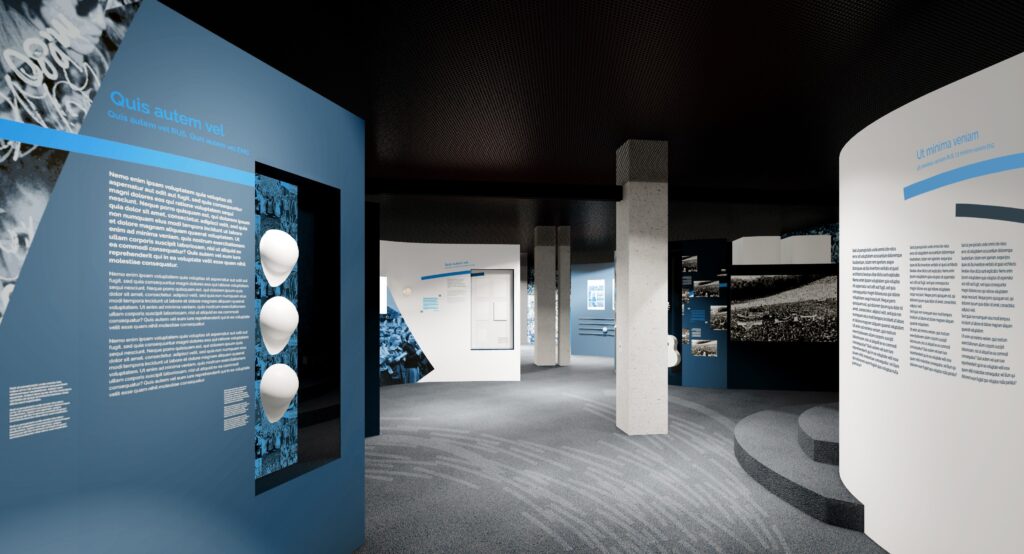This August, Estonia celebrates its thirtieth anniversary of regaining independence; to celebrate the occasion, the Tallinn Song Festival Grounds, the host of the huge singing events – called the Singing Revolution – that helped achieve the independence, is preparing a special exhibition and calls people to send photos and video materials.
In the summer of 1988, hundreds of thousands of people gathered at the Tallinn Song Festival Grounds to listen speeches by the Estonian independence movement activists and sing songs at several concerts. The events that took place are now remembered as the Singing Revolution.
Historical events
The term, the Singing Revolution, was coined by the Estonian independence movement activist and artist, Heinz Valk, in an article published a week after spontaneous mass night-singing demonstrations took place at the Tallinn Song Festival Grounds on 10-11 June 1988.
A month before, in May, the “five patriotic songs” series, composed by Alo Mattiisen and sung by Ivo Linna, premiered at the Tartu Pop Festival, in the country’s second largest town.
The sentiment surrounding the Singing Revolution reached its peak at the Eestimaa Laul (Estonia’s Song) concert on 11 September, again at the Tallinn Song Festival Grounds. It was estimated 300,000 people attended the free event – although there remain some doubts whether the number is accurate. To put this into perspective, the country’s total population was about 1.5 million at the time.
Either way, the September concert was another milestone – and one of the most important ones – in a peaceful independence movement that had kicked off a year before by a vocal opposition to the Soviet government’s plan to excavate phosphorite in Estonia’s Lääne-Viru county.

The peaceful singing events cemented the will of the Estonian people to become an independent nation again – free from Moscow’s rule (the country had been occupied by the Soviet Union since 1945). Estonians finally regained the independence on 20 August 1991, after a failed coup in Moscow that resulted in the collapse of the Soviet Union.
A special exhibition
To celebrate the 30th anniversary of that occasion this summer, the Tallinn Song Festival Grounds is preparing an exhibition and collecting digital materials about the subject.
“Photos, films and videos related to the events that took place on the Song Festival Grounds in 1987 and 1988 – night song festivals, public gatherings – are most wanted. Materials will be digitally collected and stored,” Katrin Aunpu, a representative of the nation’s most cherished event place, told Estonian World.

To send digital materials, please send an e-mail to info@lauluvaljak.ee and be sure to put “The Singing Revolution” as a subject. The collection of digital memories will last until 10 May 2021.
A new visitor centre
The new Song Festival Grounds Visitor Centre is planned to open in the second half of 2021. “The aim of the visitor centre is to offer a unique educational experience in a place that is known as a landmark of Estonian culture, song festivals and the cradle of the Singing Revolution,” Aunpu said.

Aunpu added that the centre will also enable to conduct educational programs for schools, organise events and thematic exhibitions.
Cover: One of the Singing Revolution events, on 17 June 1988, at the Tallinn Song Festival Grounds. Photo by Tõnu Talivee/Song Festival Grounds.

